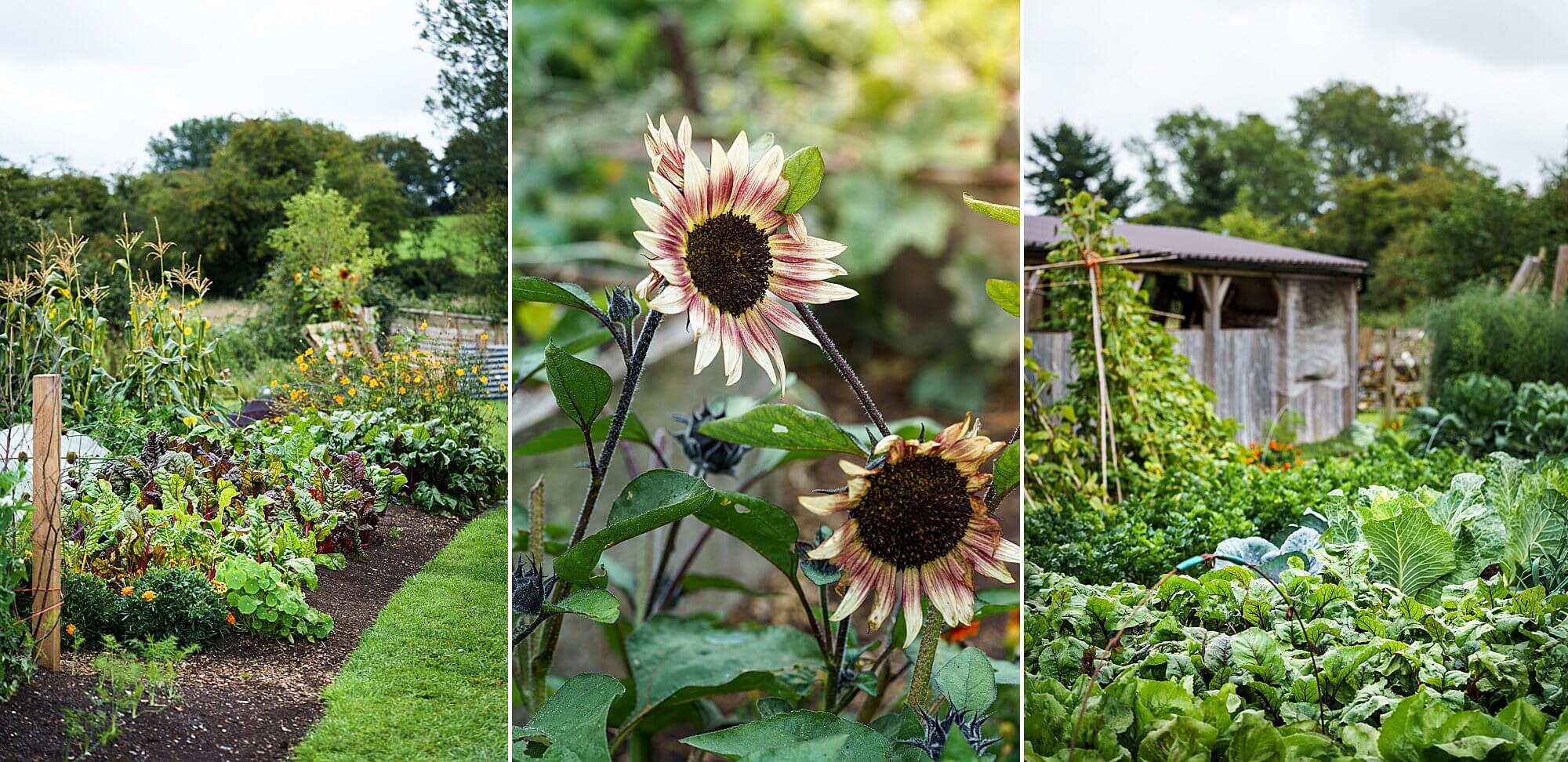This week I’ve travelled to Homeacres in Somerset, the organic vegetable garden of Charles Dowding. Charles has just released his latest book – ‘No Dig Gardening Course 1’ – explaining his methods and findings from many years of experience working with a no-dig gardening policy. His theory, backed up by gardening and comparison trials over almost four decades, is that the No Dig method is a simple, straightforward, easy and intensive way to produce successful vegetable crops. By simplifying what we do, it saves time as well as unnecessary materials, allowing the soil to settle into its own management routine. When soil is allowed undisturbed to activate its own balance of structure, it heals itself, becoming far more lively with organisms, and productive in its stability. Charles was pioneering organic gardening long before most people had acknowledged that it was the healthy, nutritious way forward, so he’s a man worth listening to.


Charles’s latest book contains 7 modules, each with lessons and quizzes to encourage interest and demonstrate theories. The lessons are compiled from diary entries which Charles had written over the years, comparing findings from trial beds so that the investigative work is already taken care of. He debunks many commonly-held myths with evidence, and includes a quiz at the end of each lesson so that we can reinforce and embed the information that we’ve read. He also suggests which of his YouTube videos complement the information in each section – perfect for visual and auditory learners. Timeline photographs and illustrations demonstrate all of the advice in context. It’s incredibly rich with guidance, explanation, and science.



The No Dig Gardening Course 1 book provides a thorough guide to getting started with the no dig method. Charles’ garden at Homeacres began 8 years ago and was a weedy meadow of a quarter acre, which he then prepared entirely with generous mulching. Cardboard is used in the first year, laid down to kill underlying weeds, and breaks down within about three weeks.





Charles explains his findings from an 8 year comparison trial of a dug vegetable bed versus no dig, with the no dig bed – containing the same set of plants – providing a higher yield of crops year-on-year.

The series of covered wooden compost heaps are able to be kept at a temperature that kills weed seeds and speeds up the decaying process, providing free and organic mulch. Charles explained that his no-dig method has discouraged weed growth and is complemented by just 3cms of compost mulch a year.



Charles is also growing watermelon in his greenhouse – a hollow sound when tapped meant it was ripe for picking! He shared out slices and we ate the freshest melon I’ve ever tasted.



One of the top tips I’ve taken from Charles, is how important timing is. Seed packets may indicate a window of a couple of months during which they could be sown, but Charles suggests that there are optimum weeks for sowing and transplanting various crops. It’s a much more precise timescale which helps to avoid wastage and failure; it’s worth following Charles’ blog – or referring to his seasonal calendar – for greatest chances of success with planting.


All of these vegetables were on a second planting after the first harvest, demonstrating how productive the method is. If you’ve never given no dig a go – or if, like me, you’ve been close to defeated by weeds and slugs – it’s a method worth considering, as it’s proven to be successful and rewarding.







The No Dig Gardening Course 1 book is available now from Charles Dowding’s website HERE, as well as through other online book retailers.




0 Comments